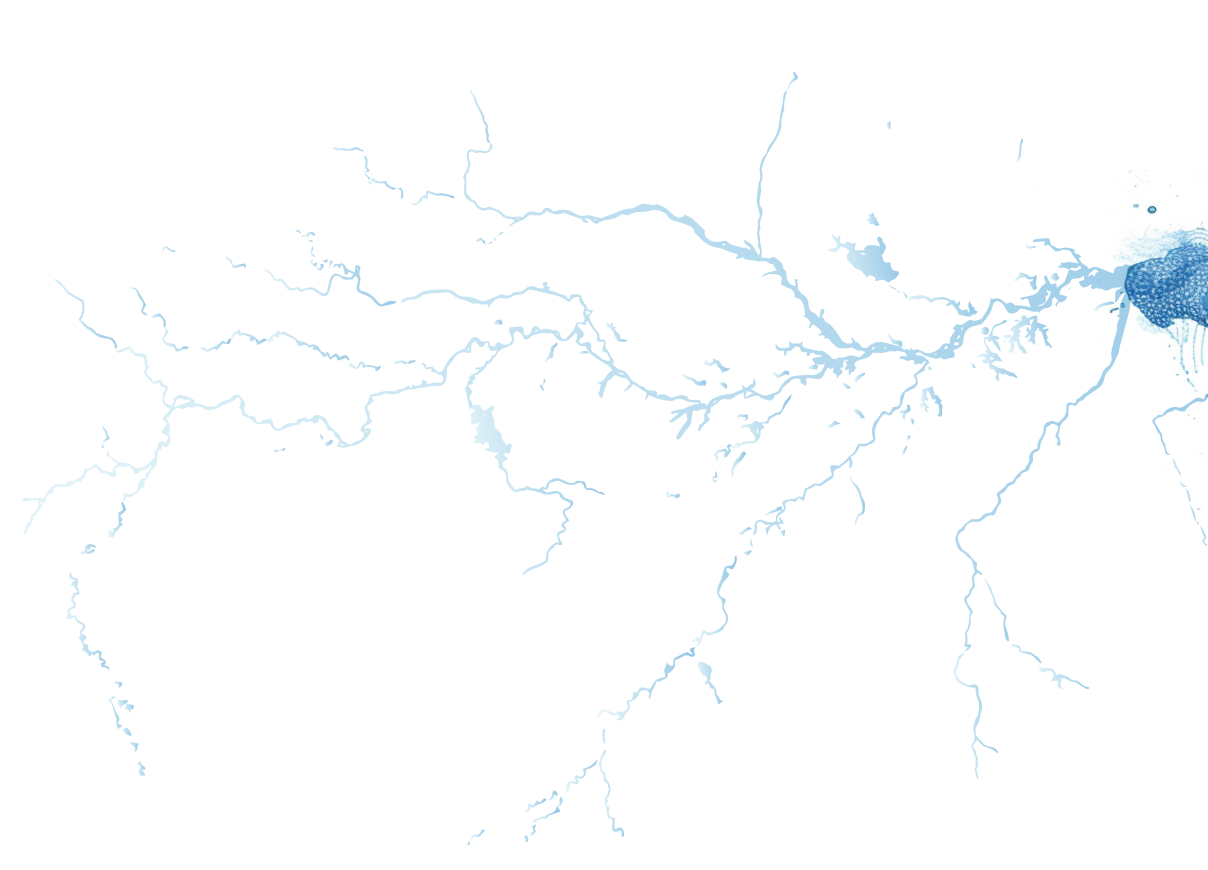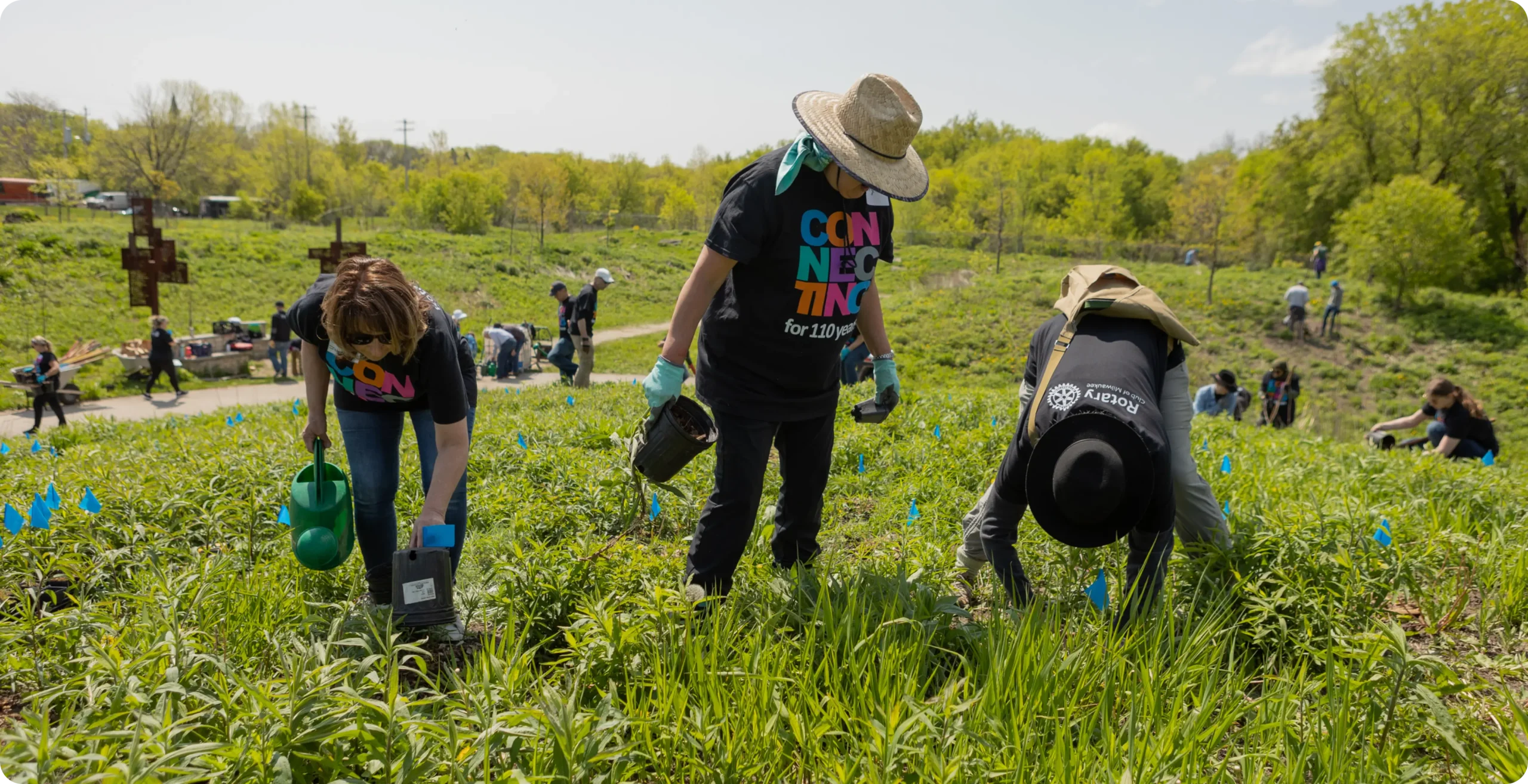
What are stakeholders and why are they important
A stakeholder is any person, group, or agency that may affect or be affected by a project. It is key to identify stakeholders early in the project and make efforts to understand what is important to them so that they can help support the project. Including key stakeholders early in the planning of a project is the best way to ensure their support.
Waterbodies are often central to a community’s existence and provide a vast range of goods and services to that community. This means that there are often many individuals and organizations that impact and are impacted by changes to the waterbody. These can include:
- Large and small business owners
- Landowners
- Community groups
- Individuals
Often conservation or special interest groups already work to protect the waterbody and educational and other organizations may have established long-standing connections. Engaging local, regional, and national authorities is also essential because waterbodies are often governed by specific laws and regulations.
Engaging stakeholders early and consistently can not only prevent project delays and budgetary constraints but ensure long-term commitment and support to CAFW activities. Depending on the type of stakeholder group, they could: have the financial resources or the social capital to lobby for improved environmental protection; increase awareness on the importance of protecting, restoring and sustaining freshwater bodies; and provide the necessary resources such as permitting to take various aspects of a planned CAFW program forward. Their knowledge of the area may support linking a planned CAFW program or activity to water projects that already are occurring.

List of possible stakeholders:
- Government including national, state, regional, county, district, or city as well as local water authorities
- Farmers/farmer associations: e.g. soil and water conservation authorities, irrigation districts
- Fishermen/fishermen associations
- Park rangers, forest rangers, and conservation officers
- Environment or conservation groups
- Civil society organizations
- Universities, colleges, or schools
- Religious organizations
- Industry representatives
- Tourism sector representatives
- Real estate experts and legal advisers
- Schools
- Youth groups
- Faith-based organizations
- Small business owners
- Market owners or collectives
- Industrial water users such as factories or agro-industry
- Sports clubs
- Recycling or waste management business owners
- Water user associations or collectives
Identifying and prioritizing stakeholders
The best way to identify the most important stakeholders of a project is to create a long list of all the stakeholders that exist. This is best started as a theoretical exercise with the core project committee using their local knowledge to identify potential stakeholders. It is then important to go beyond this knowledge and ask identified stakeholders if they work with or know other interested parties. This action can create a ‘snowballing effect’ where all stakeholders are collected into the group.
Once a long list has been created the next step is conducting a prioritization process to identify those stakeholders that can have the largest impact or are most impacted by the planned project. It is fundamental to the principles of CAFW that the local community, traditional landowners and indigenous peoples are always considered key stakeholders.
Engaging stakeholders
Once the key stakeholders have been identified, actively reach out to the most influential stakeholders with a strong understanding of what the project may be and what it plans to achieve, while still having the ability to adapt the project to stakeholders’ needs and opinions. All stakeholders should be approached positively as potential partners working together toward a common solution. Create a forum or meeting where all stakeholders may come and share their viewpoints. Community-based projects such CAFW are best when they are open to new ideas and ways of working. However, it remains important to identify and hold to the key objectives of the CAFW project.
